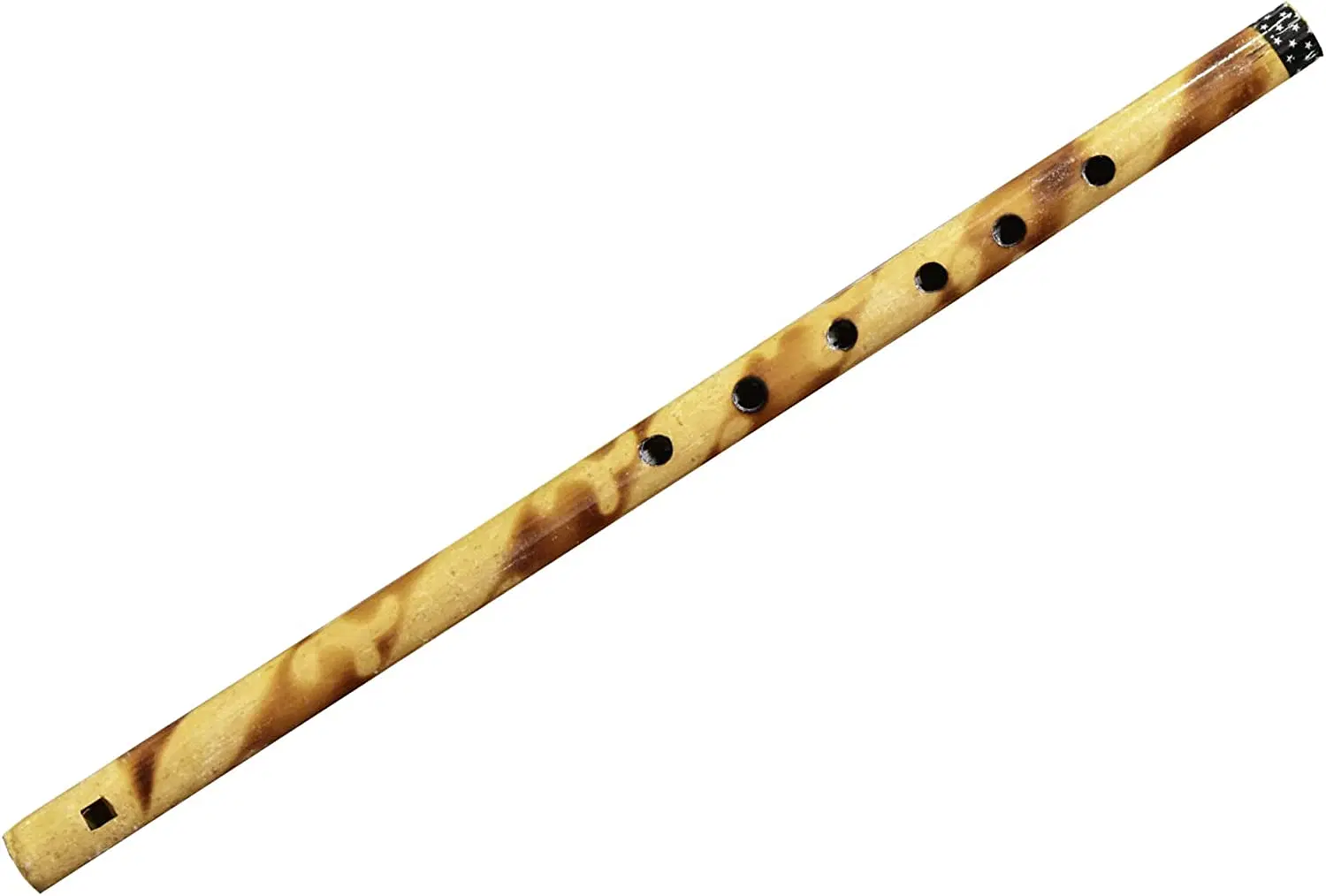Playing the piano is more than just hitting the right notes. it’s a deeply emotional form of expression that requires a connection between the artist, the instrument, and the music. Here are key tips for incorporating emotion into your piano playing.
- Firstly, understand the piece. Music, like literature, has its story to tell. Delve into the context of the composition, the composer’s emotions, and the era it was composed. This understanding will guide your interpretation and help you evoke the intended emotions.
- Secondly, play with dynamics. The power of dynamics, including crescendos, diminuendos, and changes between forte and piano, should not be underestimated. They are the main driving force of emotional expression, giving life to the piece and allowing you to paint a vivid, emotional soundscape. Also try to get help from https://klavier.tips/
- Next, ensure the physical connection with the instrument. The piano is an extension of your emotions; treat it as such. How you strike the keys, your posture, the pressure you apply—all these physical aspects are integral to emotional expression. Learn to harness this connection.
- Lastly, channel your own emotions. Playing the piano is a personal journey. Don’t shy away from incorporating your personal feelings into your performance. The authenticity of your emotion will translate into your playing, creating a genuine and moving performance.

Emotional piano playing is an art, a skill that requires time, practice, and patience to master. But remember, at the heart of it, it’s all about connection with the music, the instrument, and your own emotions. So, immerse yourself in the music, understand its language, and let your emotions guide your fingers. The piano is your canvas, and your emotions are the colours. Now, create your masterpiece with the help of https://klavier.tips/.

